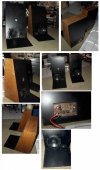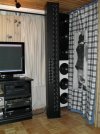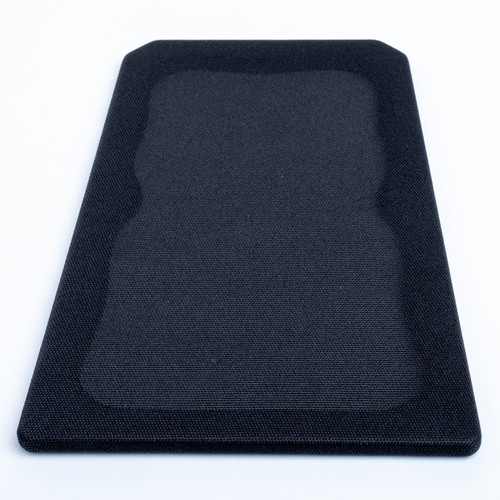Seems like a 12dB/octave Linkwitz-Riley (aka LR2) crossing attempt like other WA speakers nowadays. That downward tilted main lobe is typical with a bare dome tweeter on top and a cone (mid)woofer below with LR filtering.To know the acoustic filter targets and the summation Amir would need to measure the individual driver IR's in isolation but with a common timing reference. Not practicable.
From the vertical directivity we can infer that the drivers are not running in phase at/around the XO point, the main lobe tilting downward by about 20 degrees, eyeballing from the hole pattern at ~2kHz. The reasoning could have been to make the floor bounce reflection more similar to the on-axis response which is a good thing as that is ususally the dominating reflection.
Last edited:



![DSC_0117[1].JPG](/forum/data/attachments/174/174714-25c756bd2c9af0208a6e3cd6563e9c4c.jpg)


